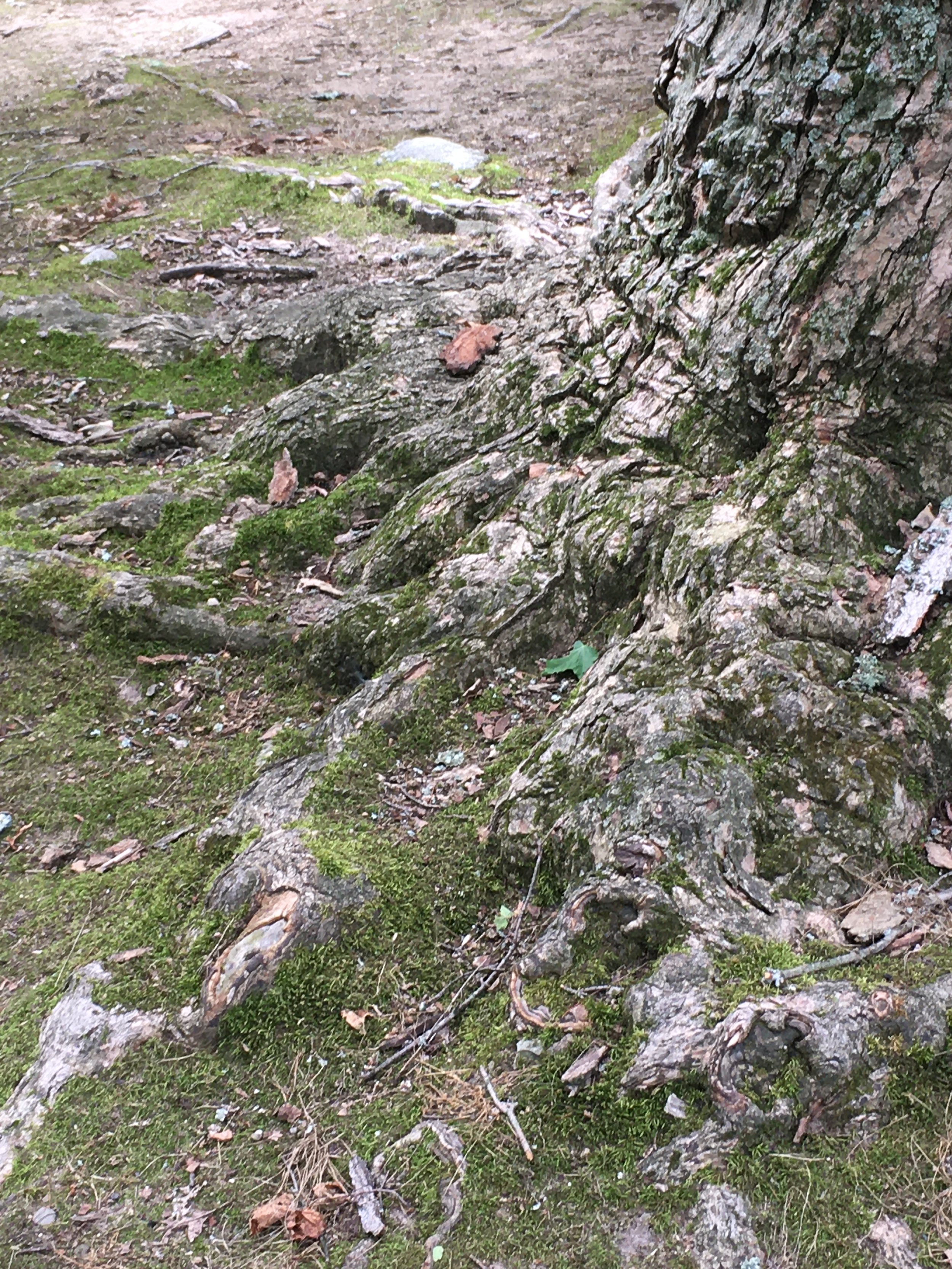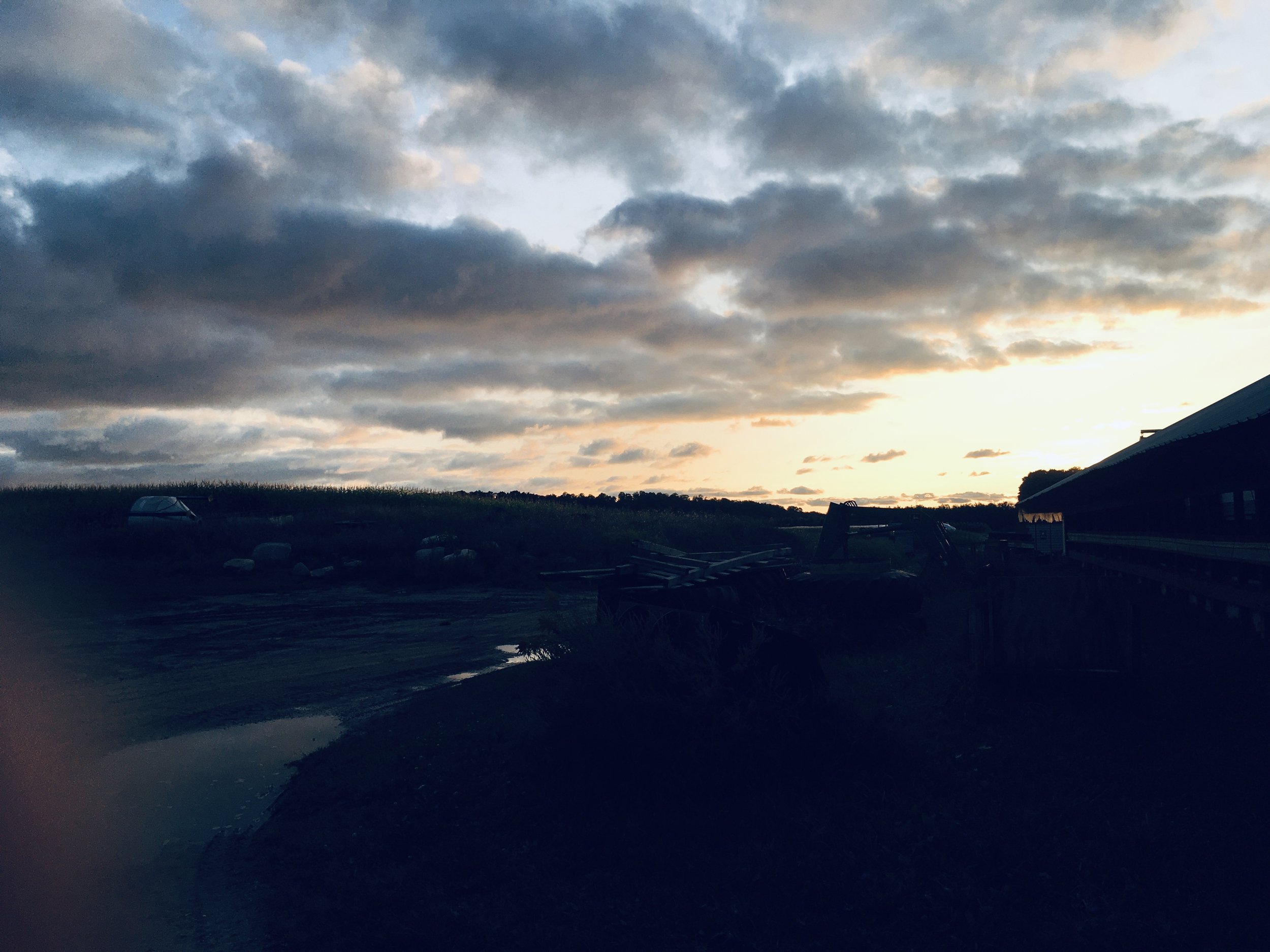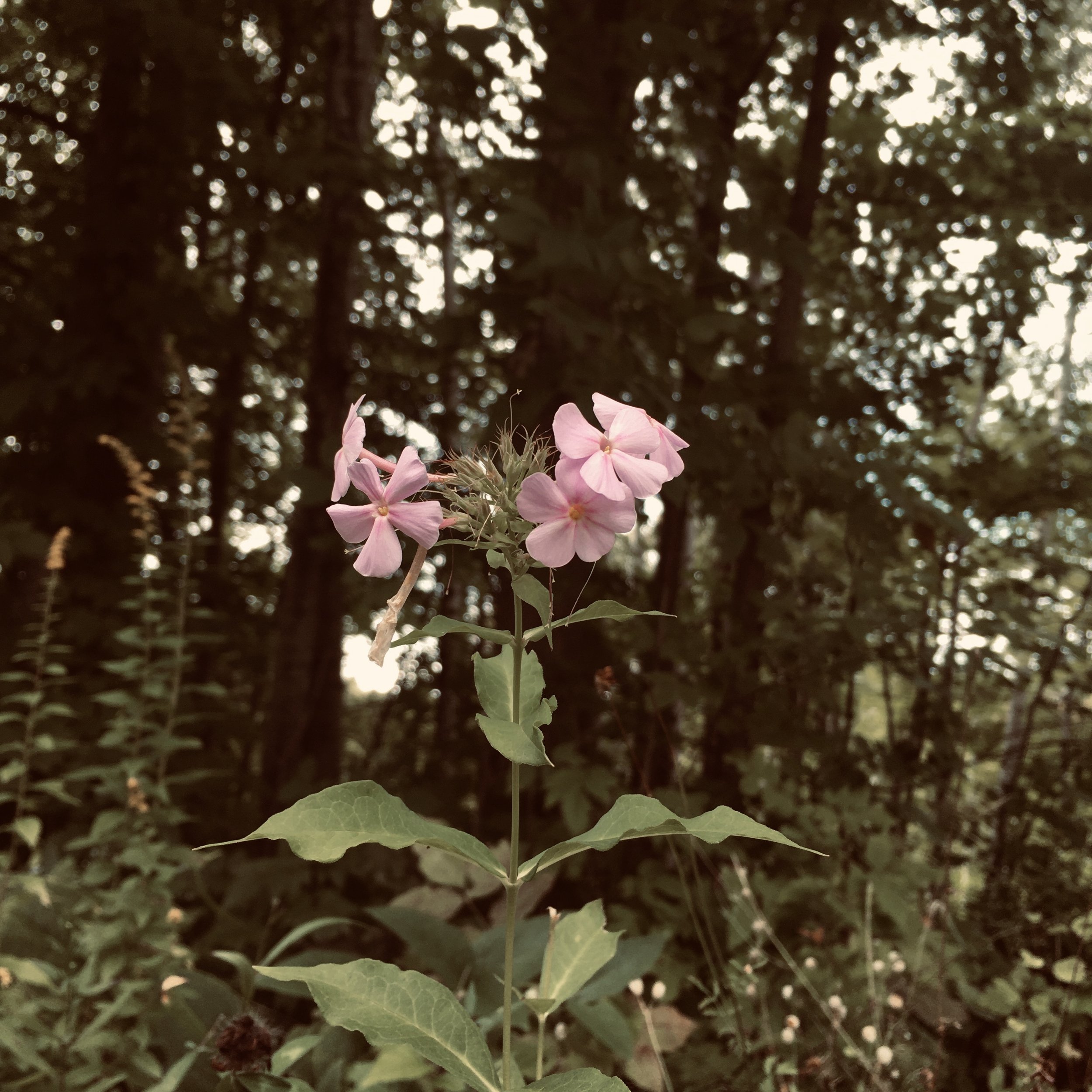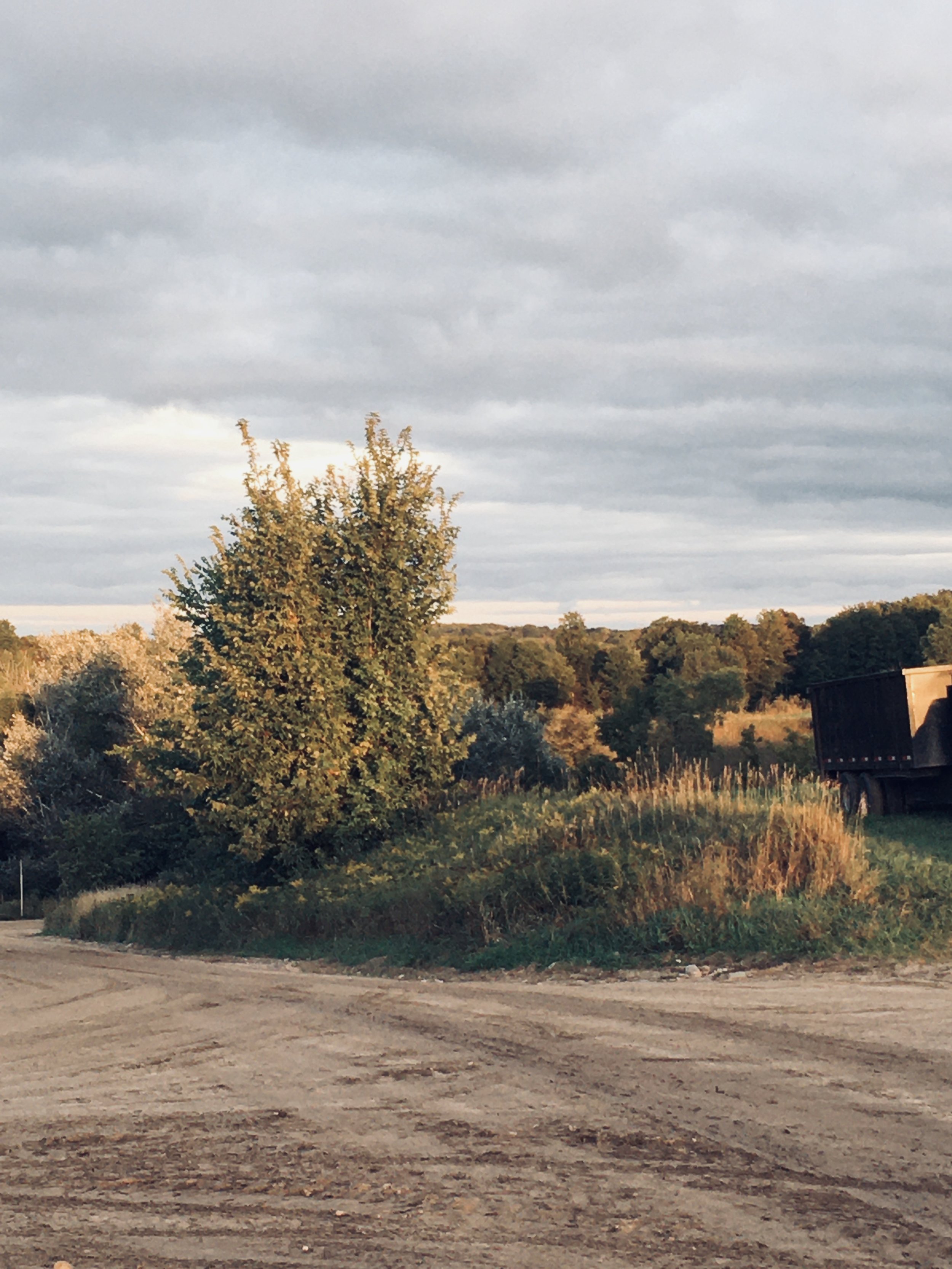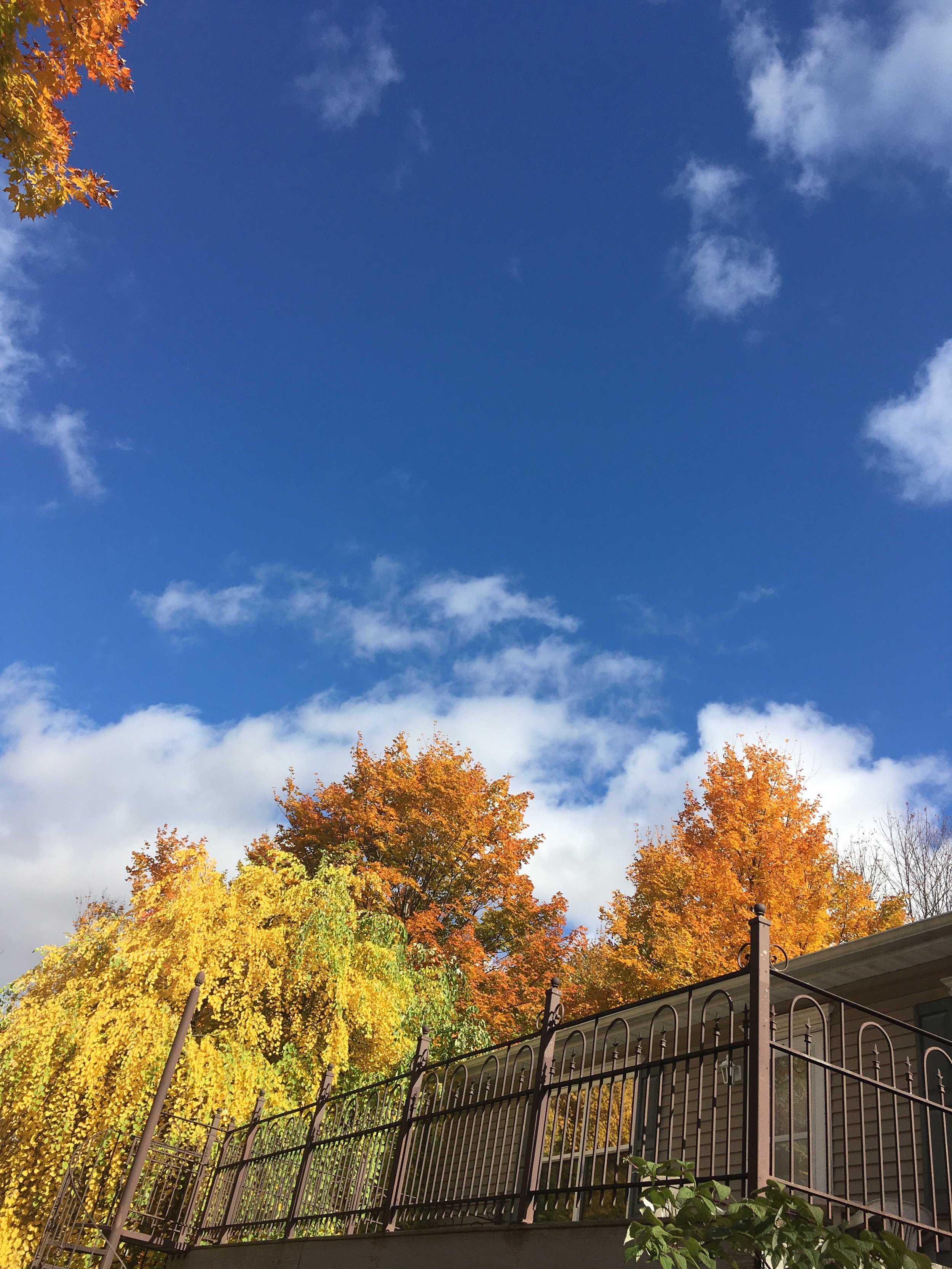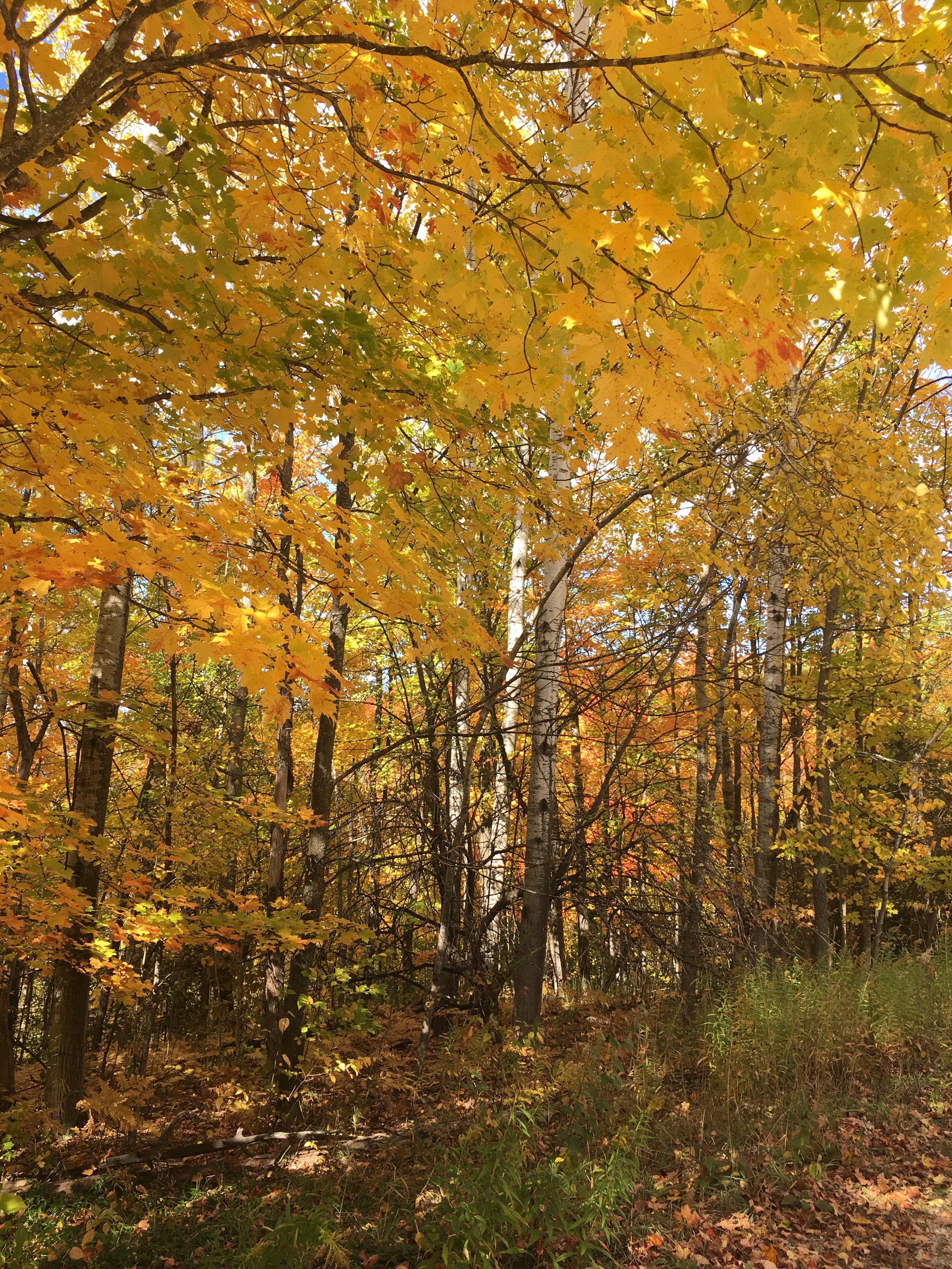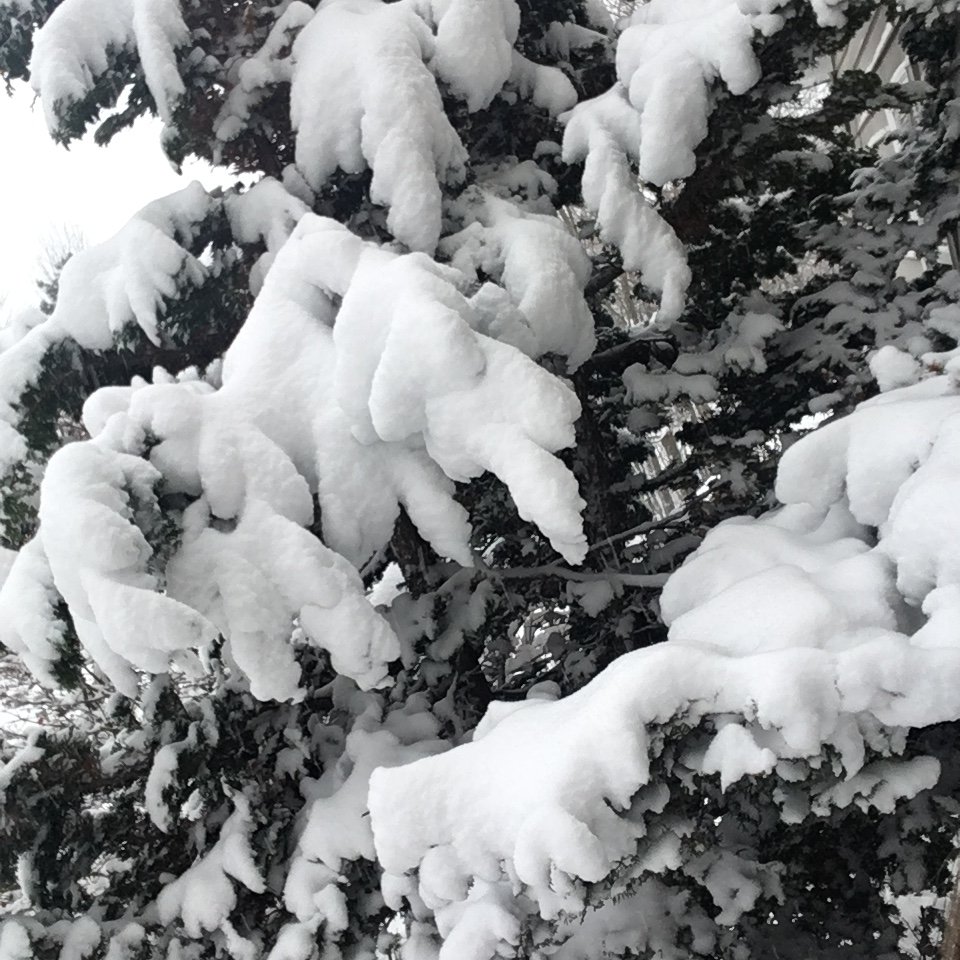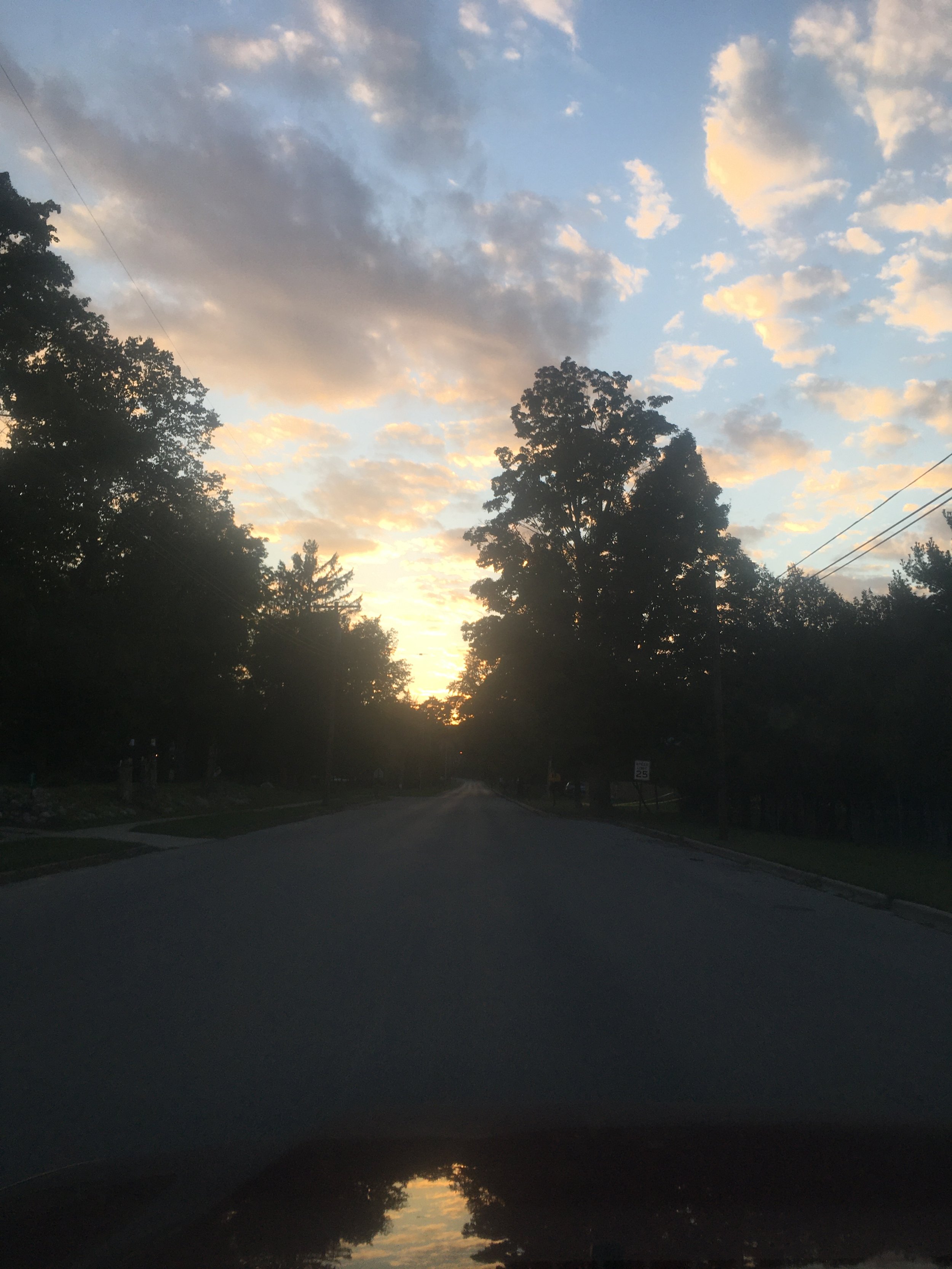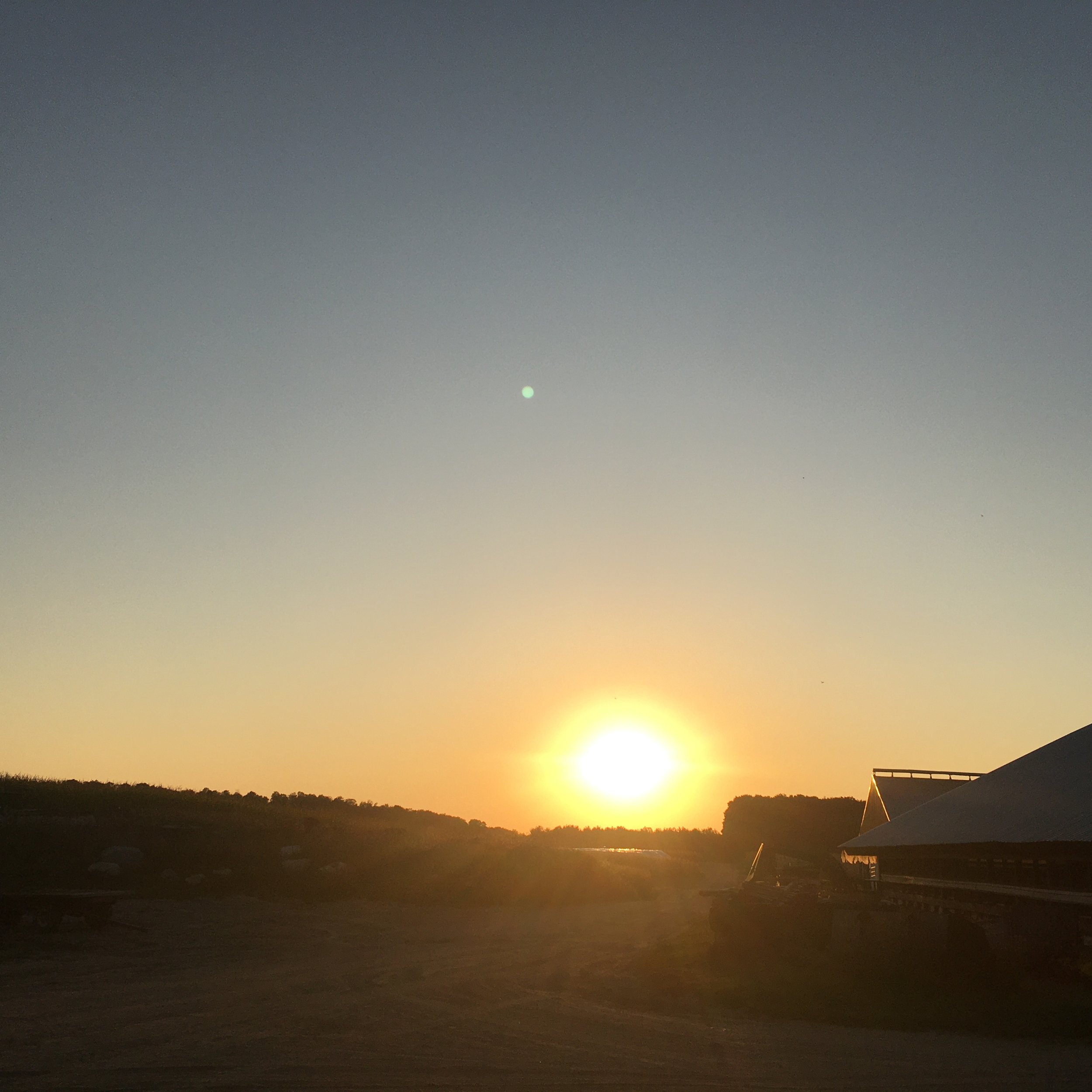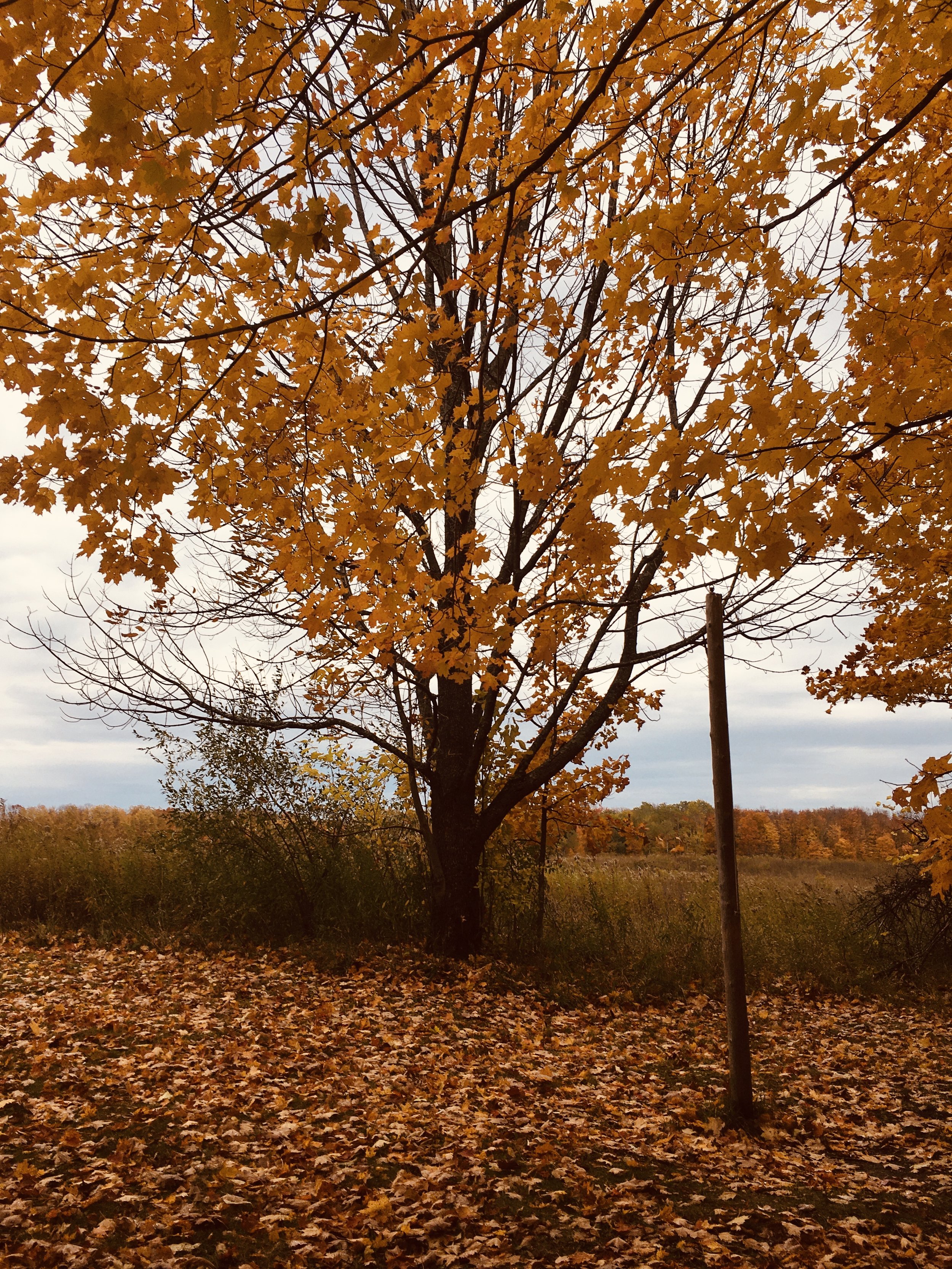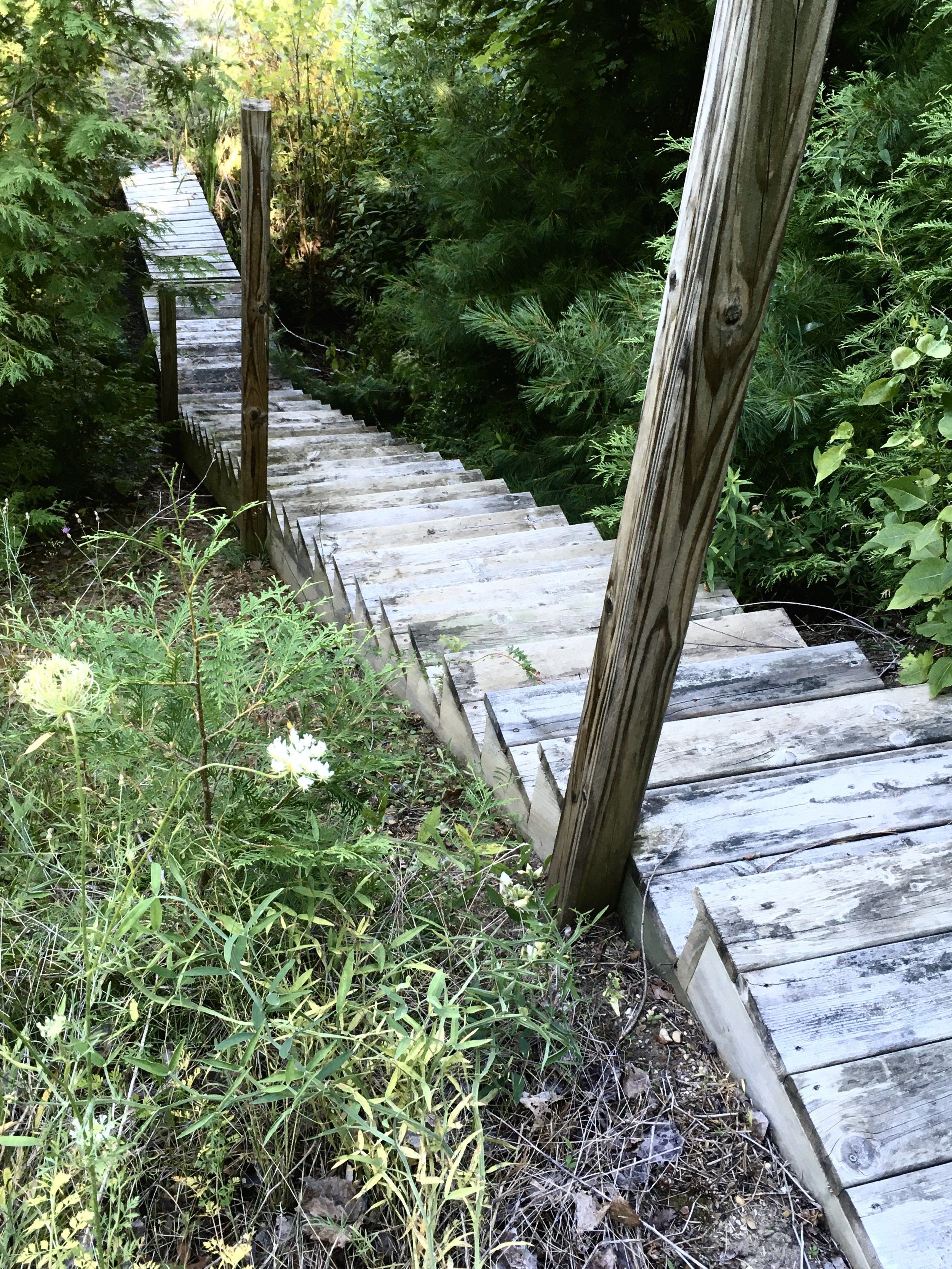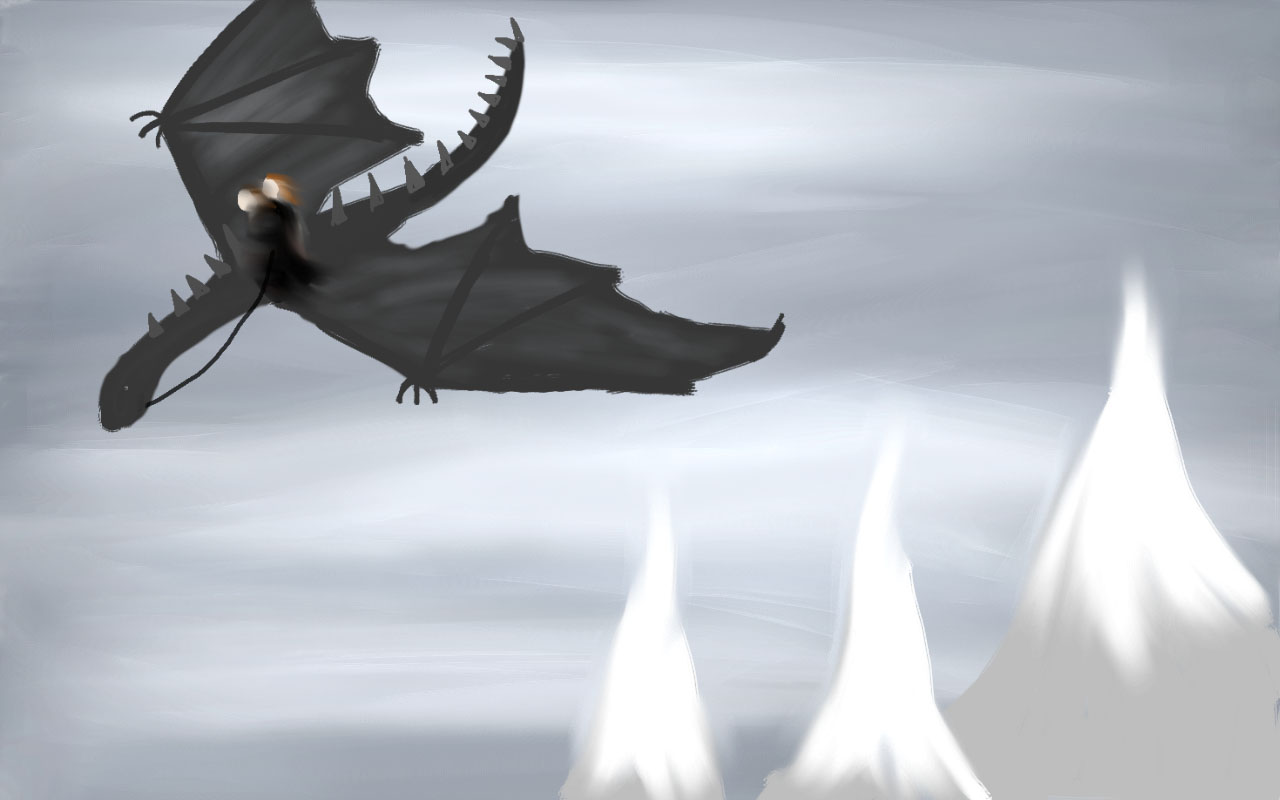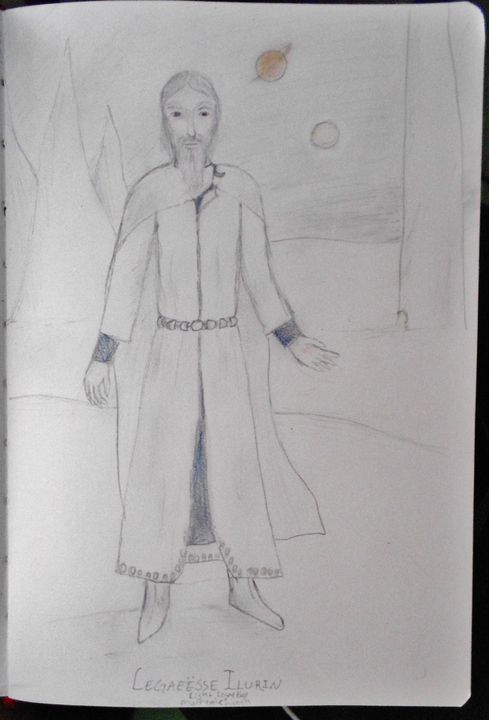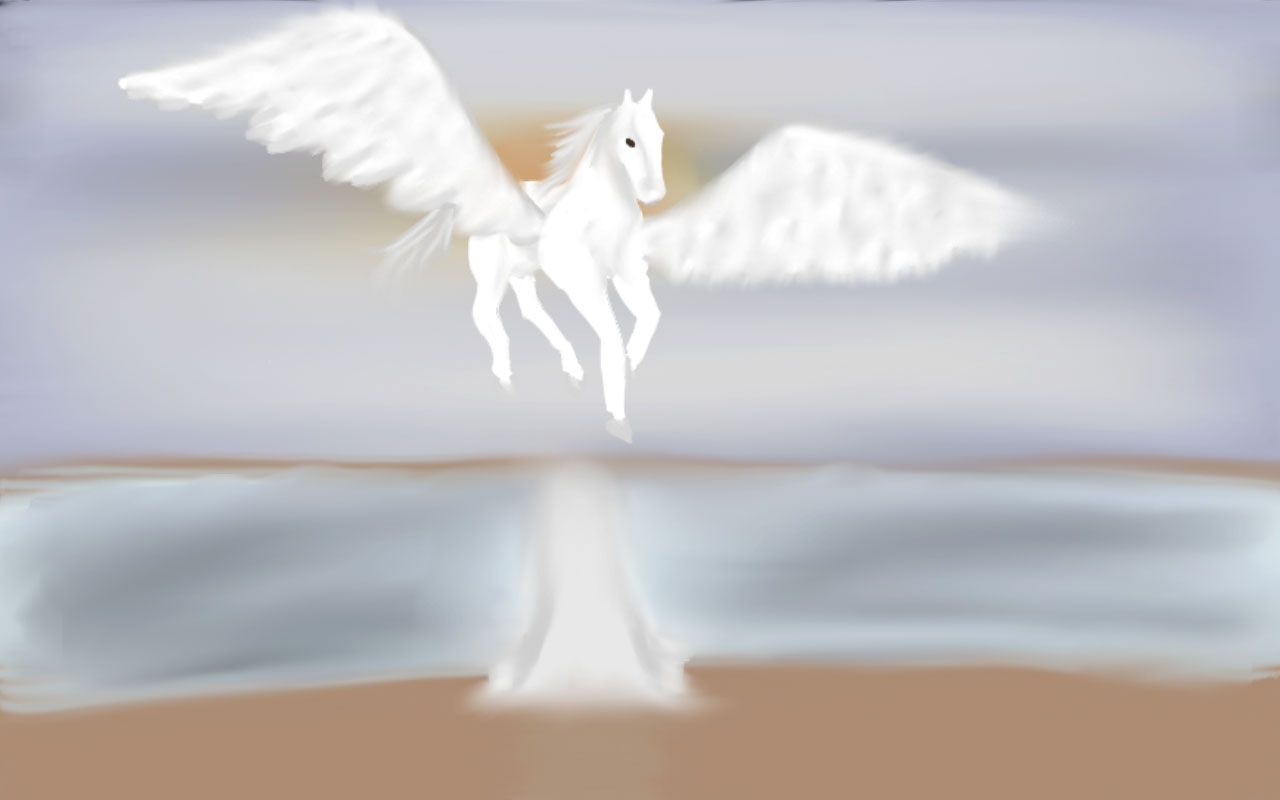Skill & Style Influences
-
I include Eloise Jarvis McGraw as the representative name for all the best historical fiction I read in childhood. And when I say I read historical fiction, I mean I was saturated in it. My mom homeschooled with Sonlight curriculum, literature-based and flexible, a method I not only thrived on as a student but used to my advantage as a budding author.
Historical fiction bred in me a fascination for the people on the sidelines of history. I learned through stories like McGraw’s Master Cornhill and Mara, Daughter of the Nile that in the midst of great events are many very ordinary people whose real names we may never hear, and in between the great events are many smaller ones still worth the telling. Humanity is still humanity, regardless of time or place, and every human has a story.
I also learned through history a love for the diverse, for layers of social and geographical complexity. Authors like McGraw who cared about embedding her characters in the values and environment of their time, immersing the reader in a beautifully multi-sensory experience of culture, modeled for me the desire to do the same.
-
Agatha Christie’s skill in painting with broad but memorable brushstrokes developed my appreciation for the more matter-of-fact style. I drew from her a love for the simple, and sometimes even the sparse — stripping a character sketch or a narrative sequence down to a few essential highlights when elegance would only clog the flow. I found — chewing my way through at least two dozen Christie novels during adolescence — that sometimes it is perfectly natural to embrace genre conventions, nor does embracing them preclude inventiveness and talent. And that sometimes, albeit rarely, there is room for a cliche.
-
When I speak of Tolkien, I have to also give credit to his biographer Humphrey Carter, and to Tom Shippey (Tolkien: Author of the Century), whose analyses of Tolkien’s life and work I also devoured in my teen years and which informed my literary tokens of homage to the master. I came away from Lord of the Rings gripped with the desire to embed my stories in seismic layers of culture, history, and unique linguistics (and I did, for years on end, though Sister gets at least 75% of the credit for the grunt work). But when I learned to look below the surface and appreciate the sheer intentionality of what JRRT wished to do with language, I couldn’t help but echo a little of that here and there, myself. I do like a bit of raw “Saxon” feel to my prose (though my three years of high school Latin must inevitably invade with some multi-syllabic cries for attention). The mythic weight of simple words like light and dark, fell and fair, wind and shadow, perhaps more heavy-handed in some of my earlier work, but heartfelt nonetheless. I’ve got the Oxford professor to thank for that.
-
Rosemary Sutcliff strikes to the root of human experience like no other. She uses words deftly, lovingly, lavish in description but never squandering words without a purpose. It is hard for me to put words to what reading Sutcliff has taught me, for it all relates to one another — the art of making description and symbolism relevant to the narrative, the simplicity and power of her character depictions, her knack for making the unlikely not only plausible, but wonderful as well.
Struggling in my adolescence as a writer between the known evil of bland narration and the insidious pitfall of morbid introspection, reading Sutcliff taught me how to gracefully balance the line between in a way that satisfied. I discovered that there is a type of narrative distance that is gentle and prudent. Because, as a reader or writer, we do not invade the human psyche — we respectfully glimpse it. We ask permission to walk a while, and we glean empathy and compassion from another’s shoes. Rosemary Sutcliff did this with beauty. If I can do it as well, it’s a tribute to her talent.
Northern Michigan Inspiration
I love this land. The scraggly pines sticking through another winter, the new greens that come so slowly and quietly in spring, the white birch bark peeling and the horsetail fronds coming out on the forest floor. The haybales dotted serenely across a shorn field in the heavy glow of August afternoon, the oh-so-sandy soil, the driving snow streaking past my headlights and cloaking the roadside trees in a lonely haze of white.
It’s this land that shaped the flora, fauna, and topography of my village of Ceristen, and it’s where I go when my pen needs to be reminded what that place is like.
My eyes are open for descriptive possibilities everywhere I go. But as the place I lived the longest, the one where I first learned to really look at what I saw, Michigan has my heart in thrall. All I can do is try to capture it a little in return.
Map of Legea
The first version of this map was made with no less love, but it existed exclusively in pencil and had a much less interesting coastline. This one features a tracery in permanent ink and a cool compass rose courtesy of my sister, and provides me with a mild but unfailing sense of satisfaction when I look at it.
Further Reading
I share occasional shorter projects on Wattpad, where I’ve been connecting with fellow authors for upwards of six years. For those interested in exploring my writing beyond the passages listed on site, you can read various works of mine & excerpts from all four Ceristen Series books under the username autumn_sunfire.
Flare in the Darkness — novella, expounds on the details of an in-universe legend. Elegiac in tone and content, archaisms, some incidental romance.
A Cold Cry — 12,000 words. Exceptionally short chapters, literary focus and archaic style. Themes of resisting corruption + coming-of-age. Written for a contest prompt about the personification of winter.
My ’Deia — 9,000 words. Negative character study of a man idolizing his wife to the point of neglect. Fills in the backstory of Ceristen Series 1. Alcoholism, passage of time, human trafficking.
A Path to the Sky — collected short stories set in Legea. Series spoilers are marked at the beginning of stories when present.
Poetry by Verity Aileen — A handful of pieces ranging from metered hymn lyrics to free verse.
Legea: The Extras — trivia, artwork, and authorly rambling for series fans and those who like to dive deep into lore.
Legea in Music
Various original tunes and impressionistic pieces related to the people and places of Legea. Composed and recorded by Verity A. Buchanan.
Legea in Artwork
Dragons, moon-dwellers, and weary travelers…


